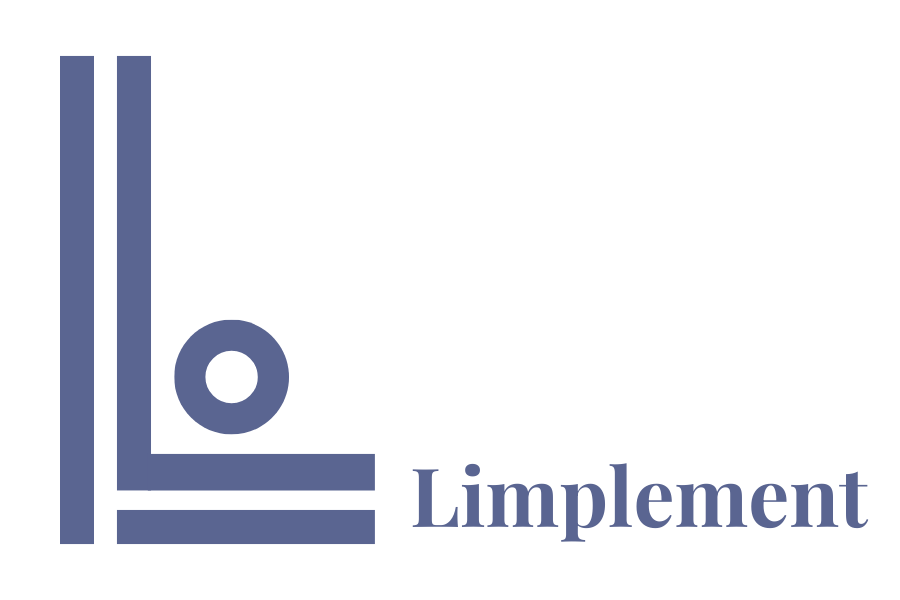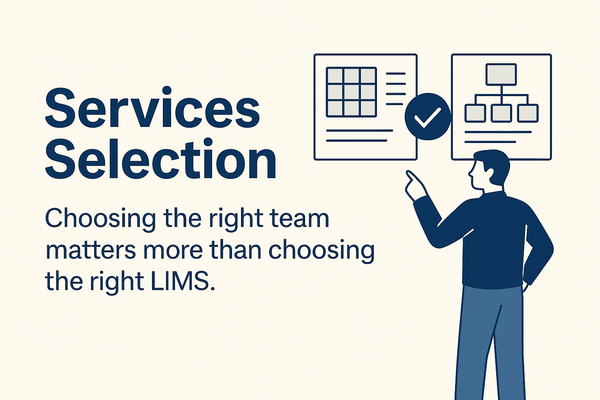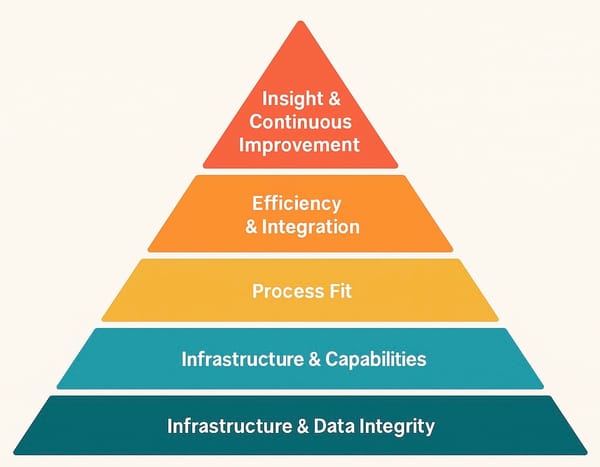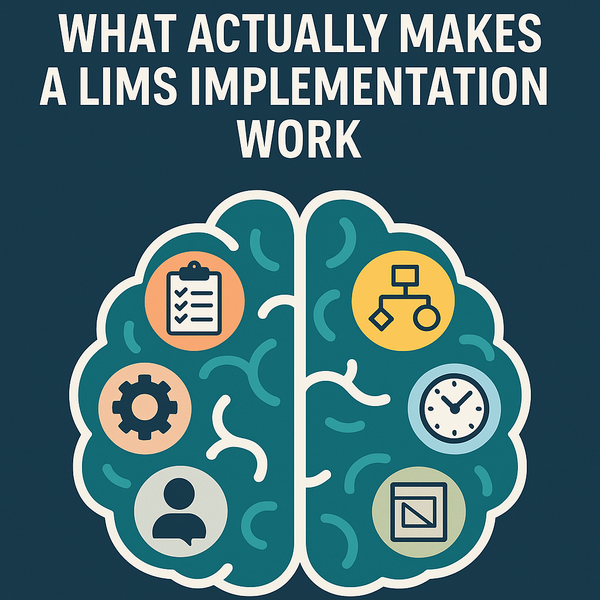Think Outcomes Not Tools

Ever sit through a requirements gathering session in a LIMS implementation where someone says:
“We just want a dropdown for analyst selection.”
Seems reasonable. But it’s not a requirement.
It’s a leftover from how they used to do things. A habit disguised as a need.
This is one of the most common and costly traps in LIMS implementations: stakeholders describe tools, not outcomes.
Why People Think in Tools, Not Outcomes
Most lab users, and even some stakeholders, are deeply immersed in how they do their work, not why they do it.
So when you ask what they need from a LIMS, they’ll describe:
- The fields they fill out in Excel
- The buttons they click in their current system
- The folders they drag files into
They’re describing mechanics, not intent. And that distinction matters.
The Danger of Tool-Oriented Requirements
Tool-based requirements don’t just lead you astray, they actively sabotage the value of your implementation. Here’s how:
1. You recreate the past
“We want this screen to look like our current LIMS.”
That sounds safe. But it’s how you carry inefficiencies, bad habits, and outdated logic straight into your new system.
2. You limit solution design
“We need a dropdown to select analyst.”
But the real outcome is traceability. There are smarter ways to meet that need, like auto-stamping the user or maintaining an audit trail.
By locking in a solution too early, you miss the chance to improve.
3. You miss the forest for the trees
Focusing on small UI details often distracts from the bigger picture:
- What triggers this process?
- What decisions are being made?
- What reports or outcomes matter most?
When you start from the tools, the conversation rarely gets that far.
How to Shift the Conversation
When you sense tool-thinking creeping in, redirect with outcome-oriented questions:
- “What are you trying to achieve here?”
- “What decision does this data help you make?”
- “What happens next after this step?”
- “What would success look like for this process?”
These questions expose real needs.
The kind of needs your LIMS can solve more effectively than a spreadsheet ever could.
Come to discussions armed with basic functionality and tools already in place. This will help shift the focus to outcomes.
Read why I think quantity is the path to quality, here.
Bottom Line
Tool-based thinking is easy.
Outcome-based thinking is where real transformation happens.
If your requirements sound like UI requests or Excel column headers, pause.
Dig deeper.
Because in LIMS projects, building what people ask for often leads to failure.
Building what they need is what delivers success.
Want help telling the difference between tools and outcomes in your next LIMS project?
That’s what Limplement is here for.





